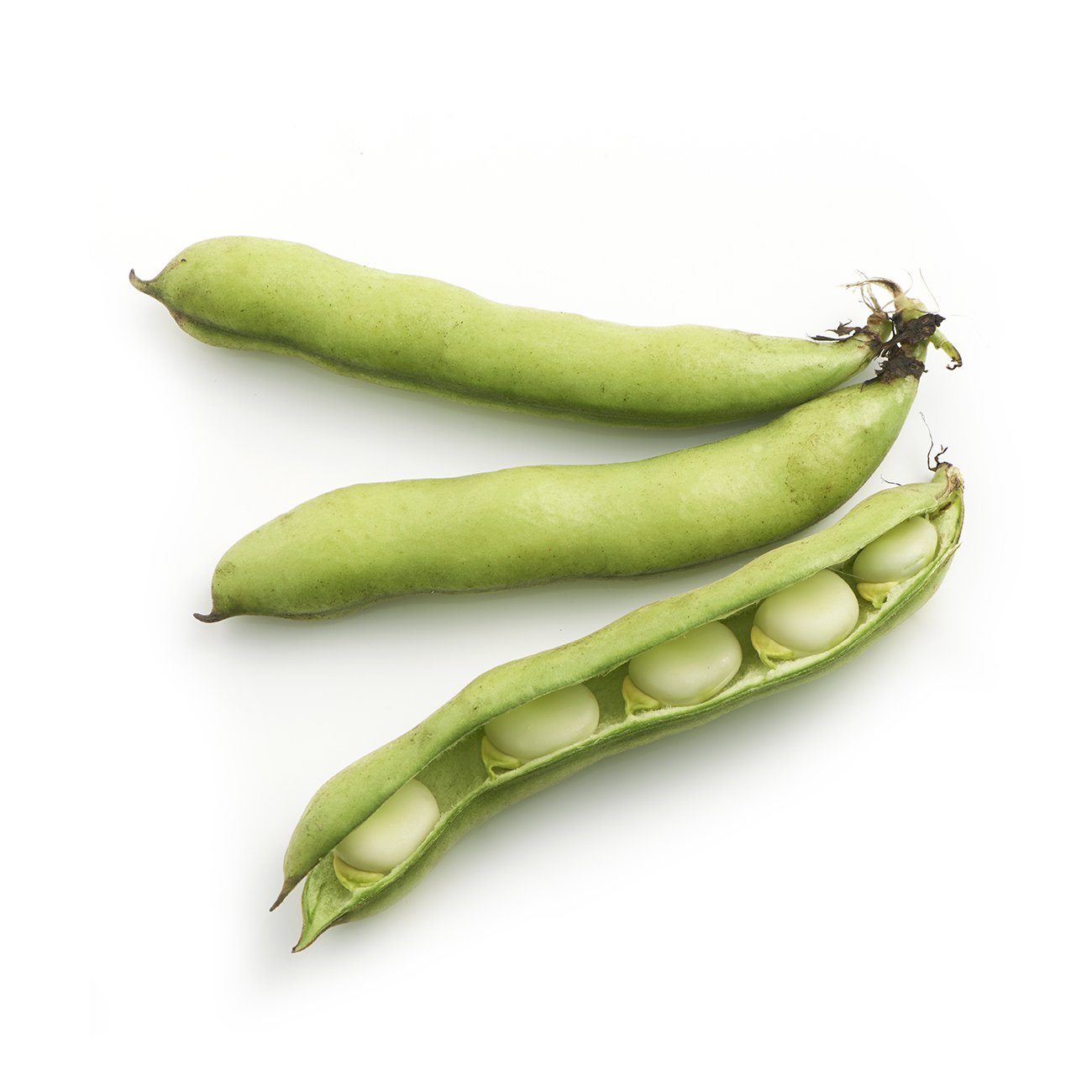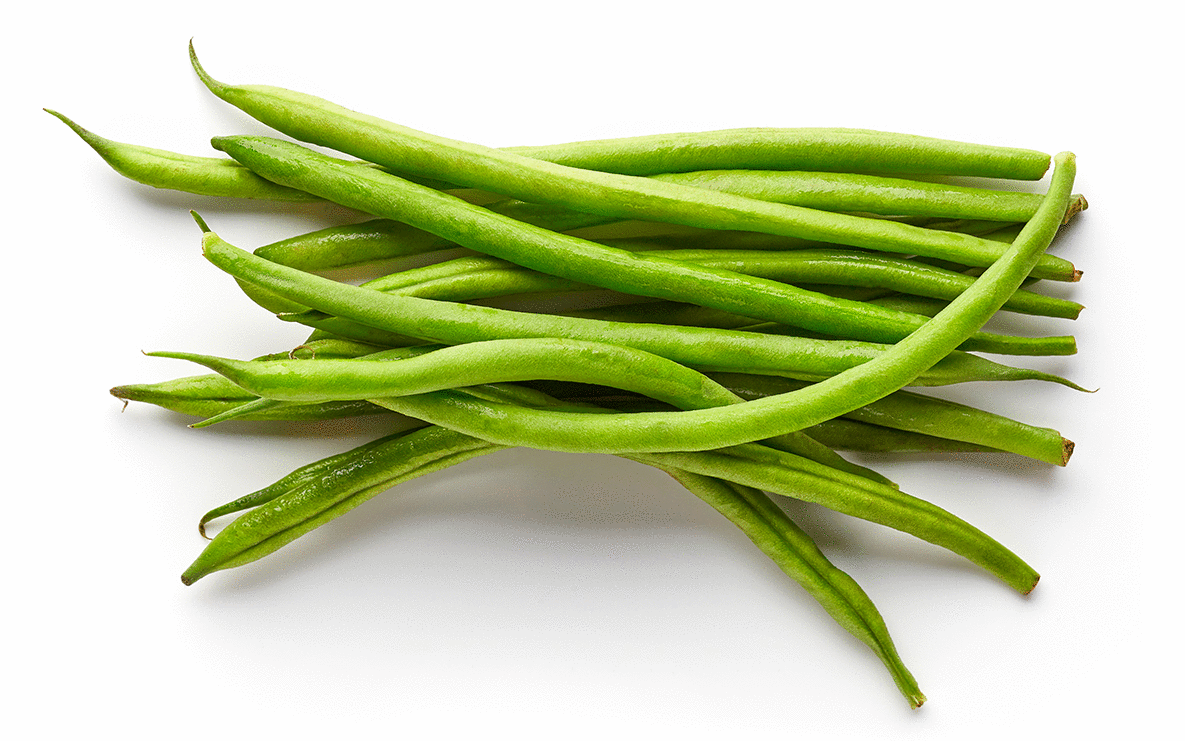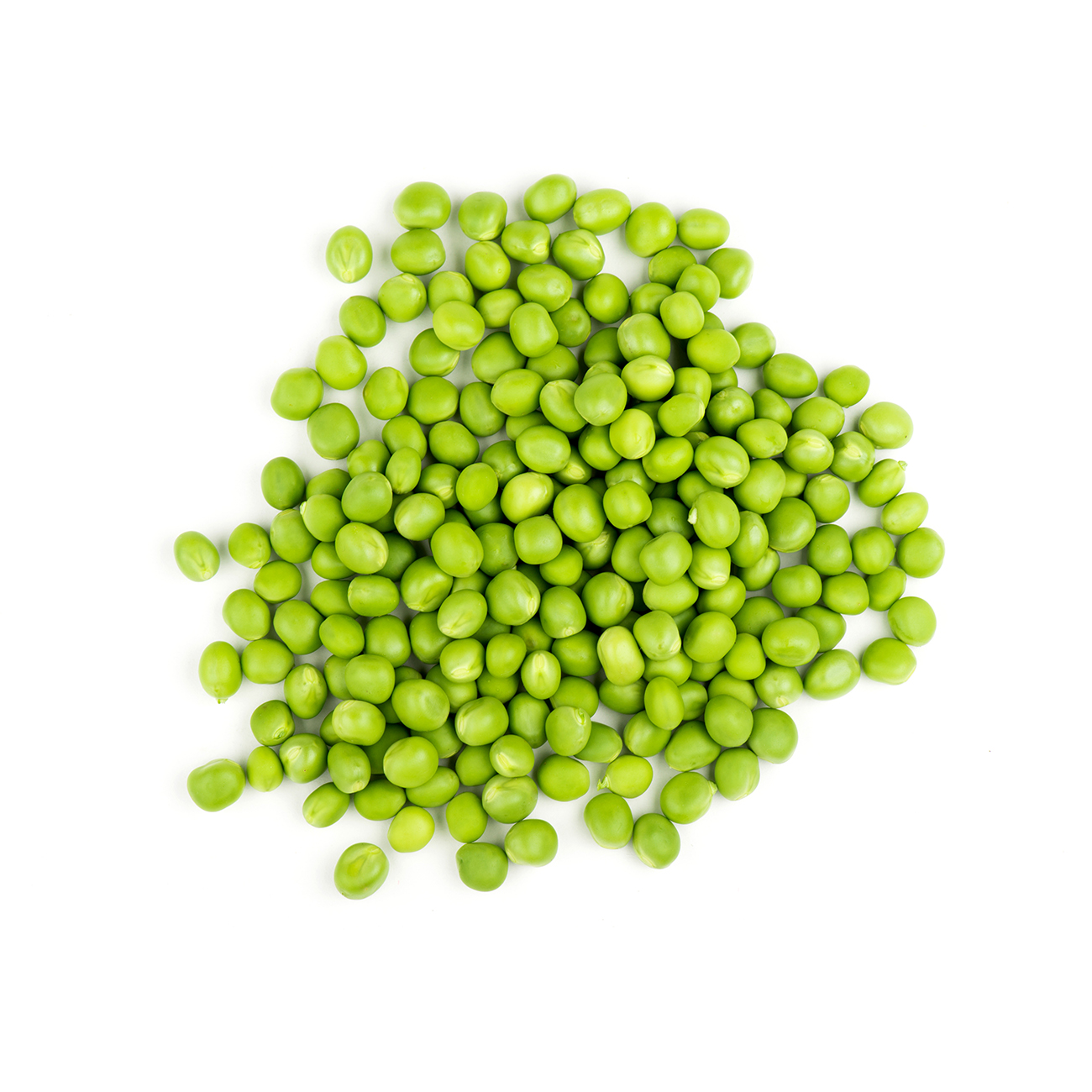Beans, broad
Distinctly nutty in flavour and one of the oldest foods in history.
Alternative Name
Bell beans, English beans, faba beans, fava beans, field beans, horse beans, tic beans, Windsor beans
Scientific Name
Vicia faba
Health benefits
Bones & joints Brain & nervous system Heart Immune system Skin
Broad beans are a legume and are sometimes regarded as the king of all beans—not only because of their taste but also their nutritional quality. The flattened light green beans are contained in a leathery pod. Larger beans may require double podding, while young, tender beans only require the very outer layer to be removed.
-
Harvesting
Broad beans are hardy and adaptable, growing in most soils and climates. Harvest when the pods are large and bright. At harvest pods should be firm and crisp.Postharvest storage temperature
Optimum storage is 0°C.Controlled atmosphere storage
There is no benefit of modified atmosphere reported.Ethylene sensitivity
Broad beans are not sensitive to ethylene.Humidity storage
Store at 90–95% relative humidity. Water loss is a common postharvest problem with beans and accelerates deterioration. The use of packaging creates a high relative humidity and reduces water loss to maintain better overall quality.Disease & infection
Decay due to various pathogens occurs after beans have been damaged. -
Shell/peel/pod before use unless beans are very young. Keep in vegetable drawer of fridge.

You might also like
Veggy tip
Try whizzing into a quick dip with mint and feta. Yum!


